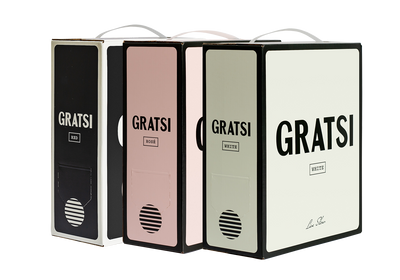Che Bello il Caffe
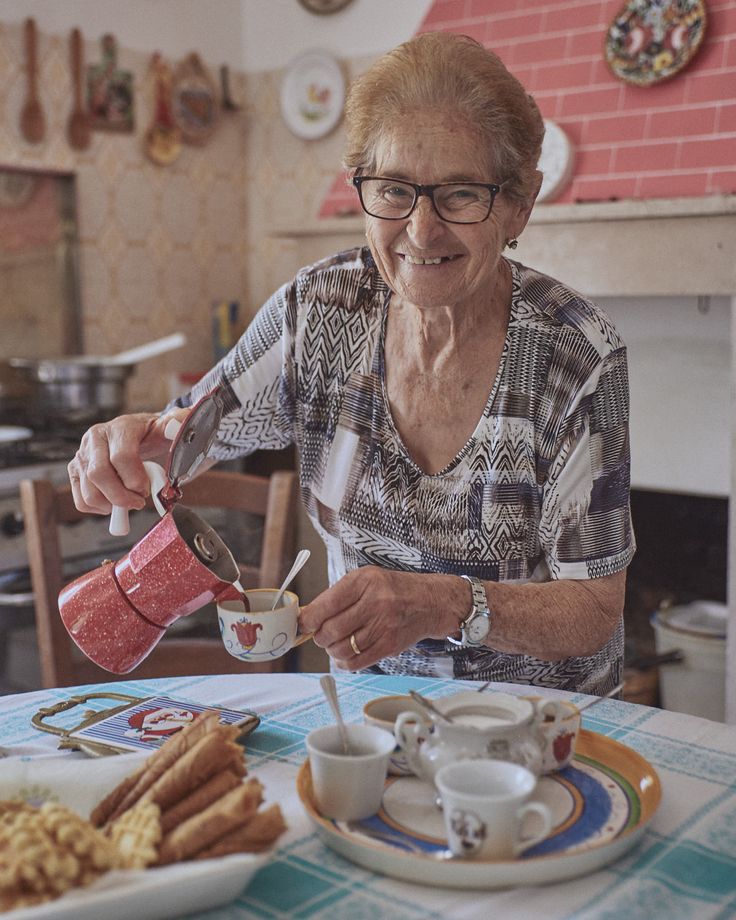
The history and influence of the Moka pot.
Che Bello il Caffe
By Antonia Fest
January 09, 2024
Is there any better aroma wafting through your house than that of a freshly brewed pot of coffee? Most of us cannot start our day without it. It is our morning ritual, our reason to get out of bed, our “secret sauce”. In Italy however, it is much more than that. Homemade coffee is a cultural centrepiece and a vital part of the country’s social identity. It all begins in the early 20th century with the machinist Alfonso Bialetti, who invented a small but mighty contraption which has now become a staple in almost every Italian household.
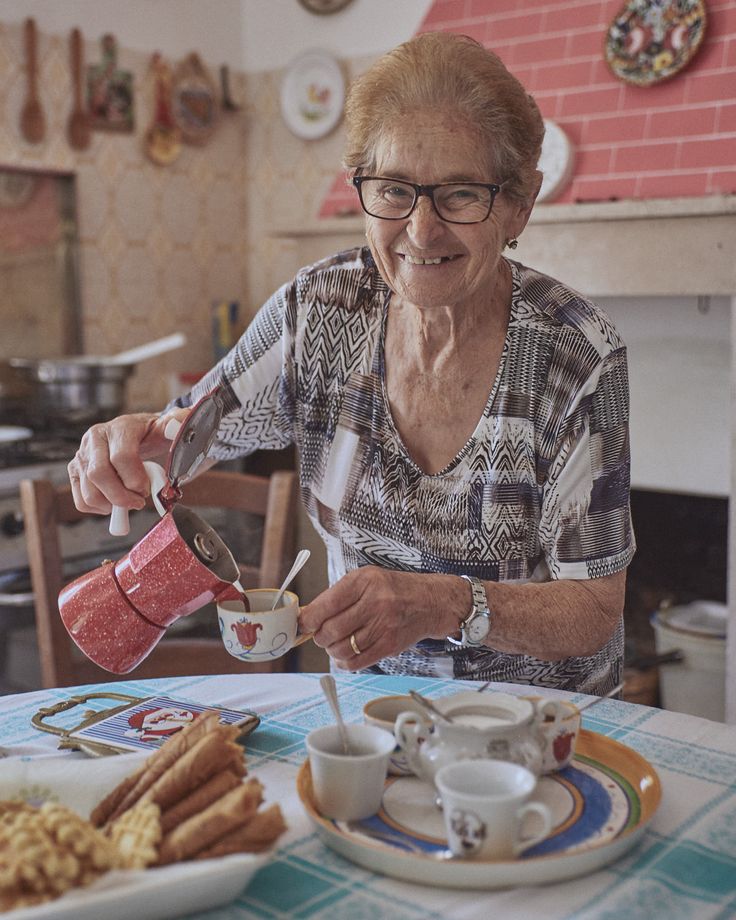
Coffee was first introduced to Italy in the 16th century as a luxury commodity, reserved only for the very rich. Fast forward a few hundred years and the 1933 creation of the Bialetti Moka changed the landscape of coffee culture entirely. It allowed for a cheap, convenient and delicious alternative to a coffee at the bar. This democratisation of what began as an indulgent extravagance had humble beginnings. Bialetti was inspired by his wife’s laundry contraption; he watched her one day as she was washing the family’s clothes with a bucket that was covered with a cap and fitted with a tube. The water in the bucket was boiled, creating an increase of pressure which pushed the water through a tube that then washed over the laundry. With this concept in mind, Bialetti applied it to the creation of the Moka which uses the exact same method to brew the coffee.
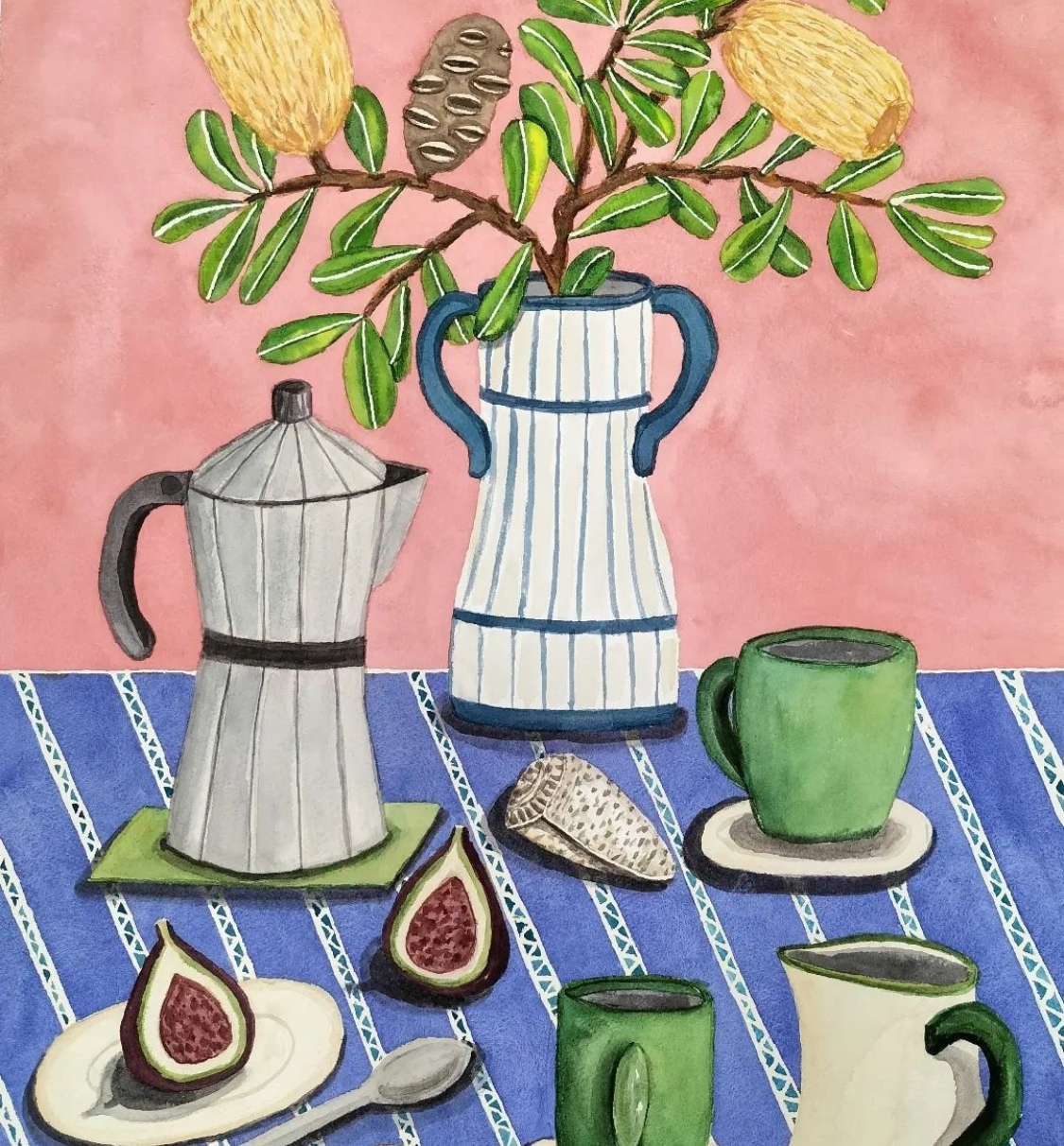
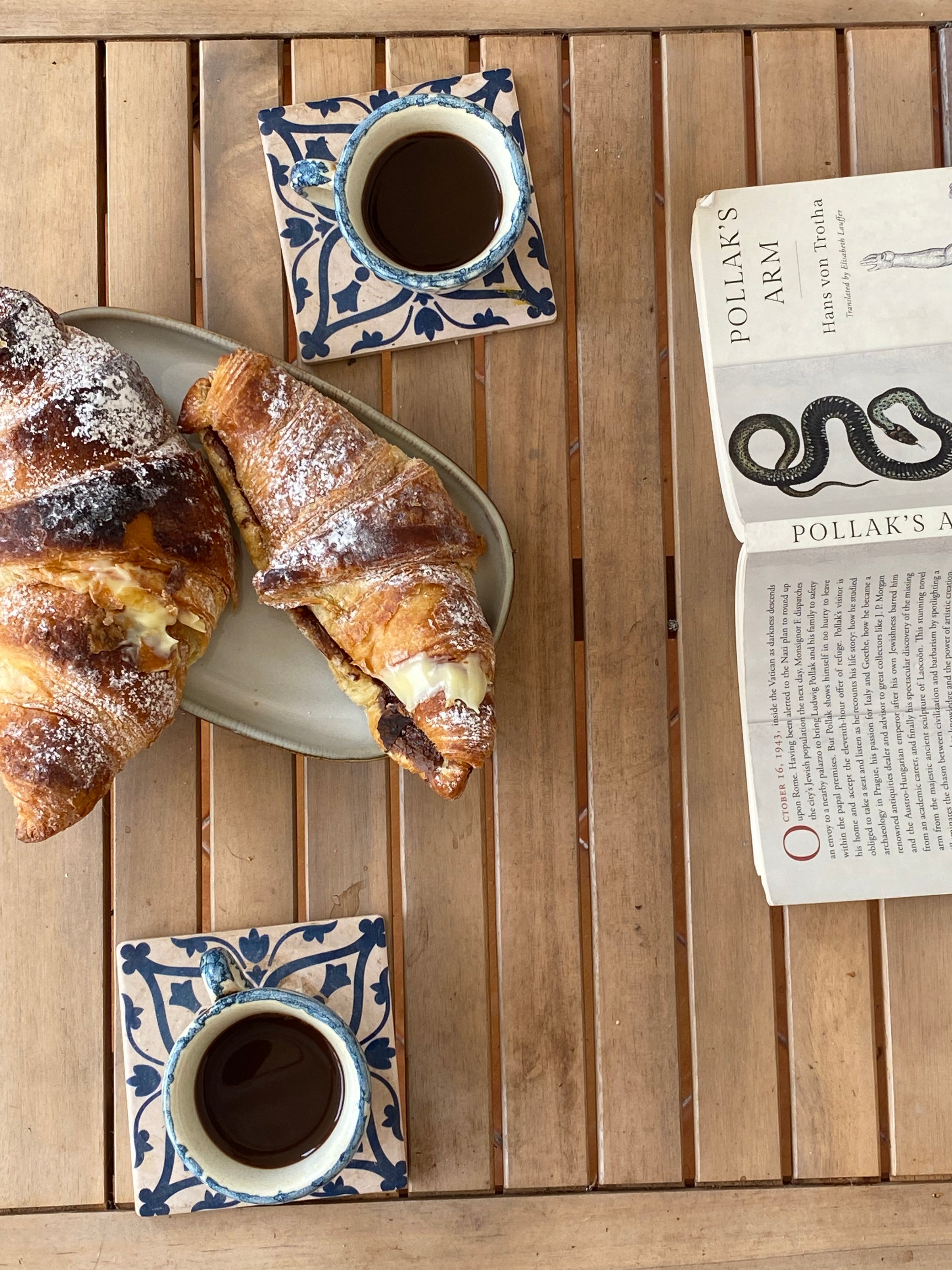
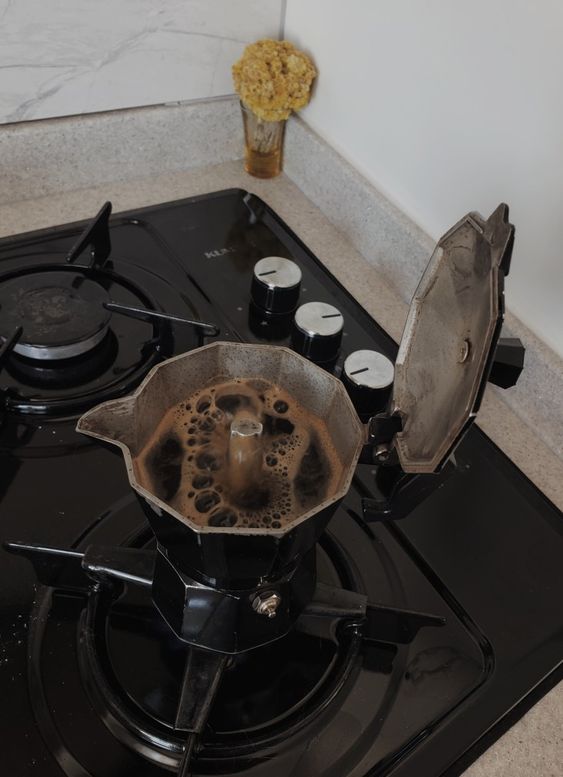
The name Moka was chosen by Bialetti after the city of Mocha in Yemen. It was known as the beating heart of the coffee trade up until the 19th century which Bialetti pays tribute to. The original Art Deco design which has hardly changed today, is now an iconic and ubiquitous symbol of coffee-making traditions not only in Italy but worldwide. Notwithstanding the international influence, the origins are still strongly and proudly Italian. The moka also represents strong symbolisms of community and sharing rituals, which are intrinsic to the country’s DNA. A home visit is inevitably paired with a pot of brewed coffee – there is no missing it. The moment you walk through the threshold of an Italian’s house, the first question is whether you would ‘un caffe’. It is learnt from an early age and is part of the intrinsic hospitality that the country so lovingly offers.
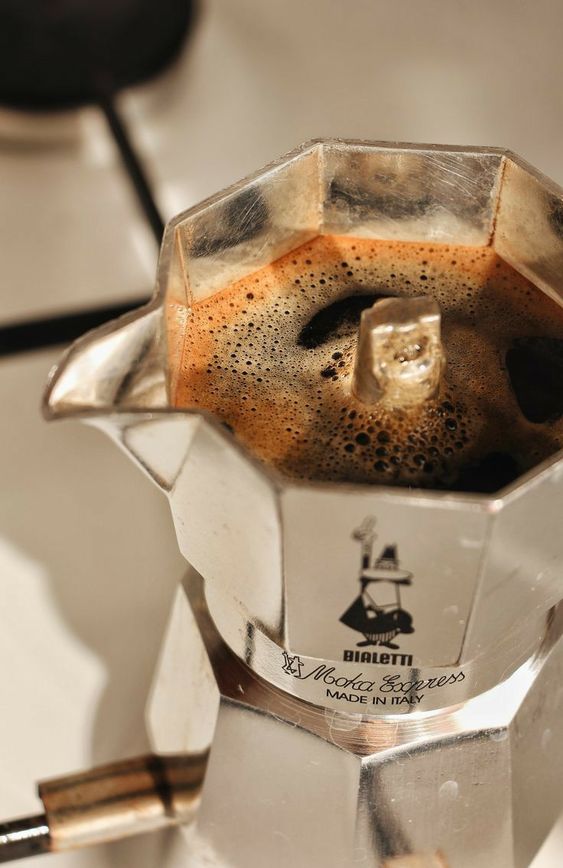
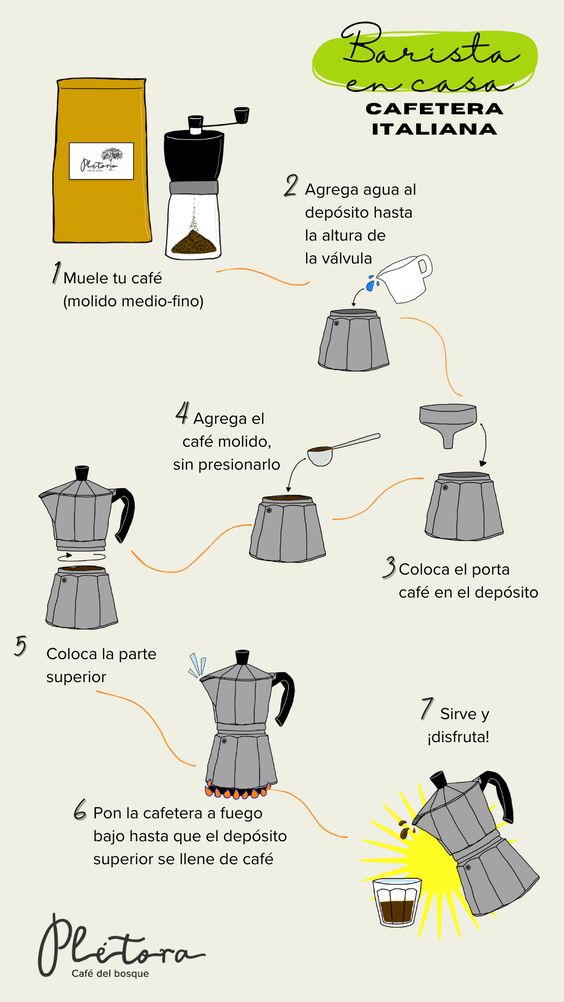
How to homebrew your coffee in a Moka Pot
Step 1
Fill the lower base (the caldaia) with room temperature water. This is better than cold water as it reduces the cooking time and avoids the risk of burning the coffee. The water level should not exceed the safety valve found inside.
Step 2
Place the funnel on to the caldaia. Spoon in your ground coffee, enough to form a little mound. Don’t pat down the coffee, it should stay loose. The more coffee you add, the stronger it will be. Make sure the rim of funnel is clear of coffee as this will impact the closure of the pot. Any gaps might affect the cooking time.
Step 3
Screw on the upper chamber nice and tightly and place your assembled pot onto the stove. Turn on the heat on a low flame – this is a labour of love and patience is required!
Step 4
As soon as you hear the pot begin to gurgle with the brewing coffee, turn the heat off and let the remaining liquid enter the upper chamber. Once it has filled up, your coffee is ready.
Step 5
Pour into coffee cup and enjoy pure or with a dash of milk or sugar.
*Top tip:
After you have finished the last drops of your coffee and your Moka pot is ready to be washed, never do so with soap! A rinse of water will do just fine and wont spoil your future coffee drinking experiences with a taste of soap.



